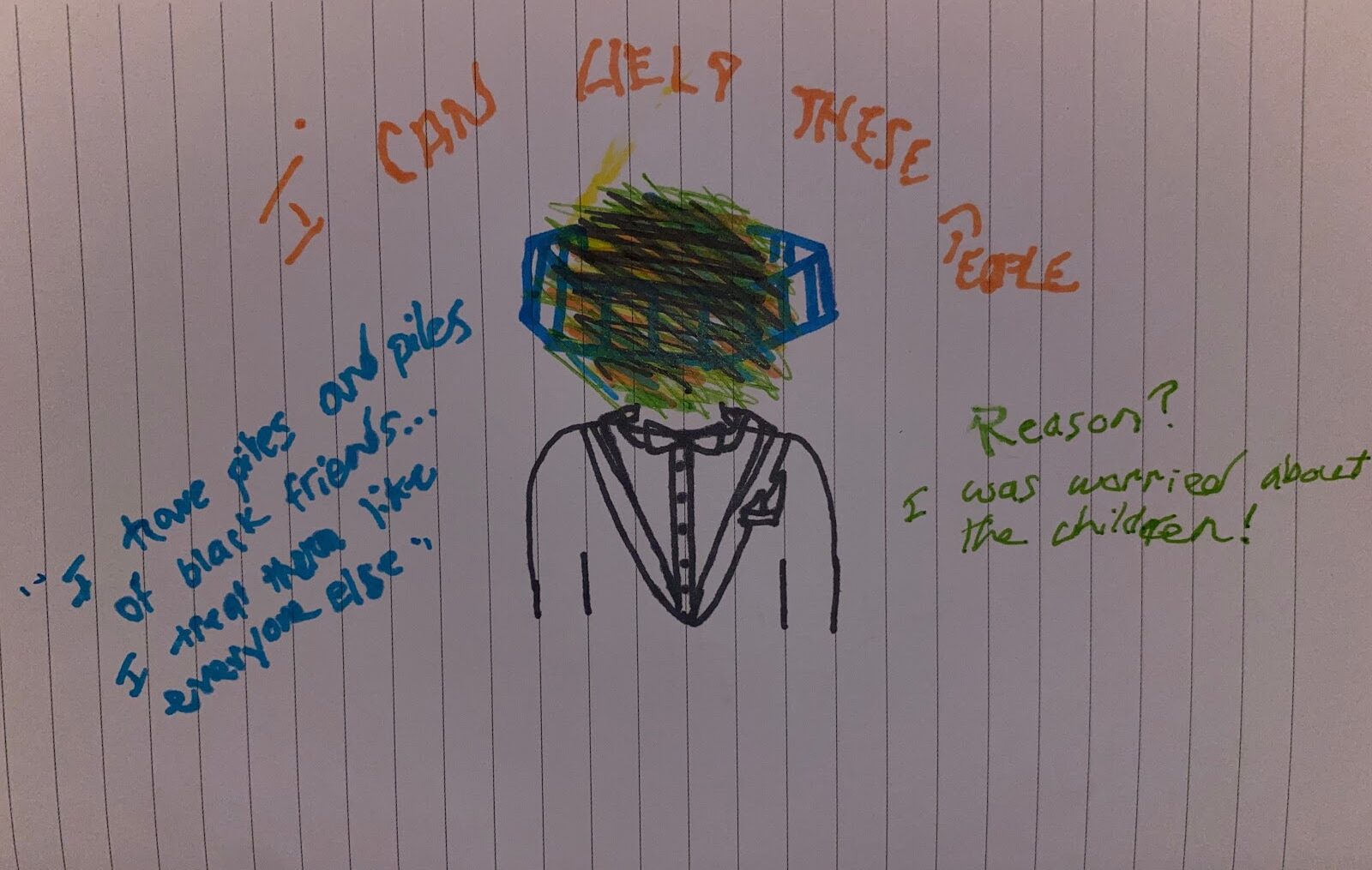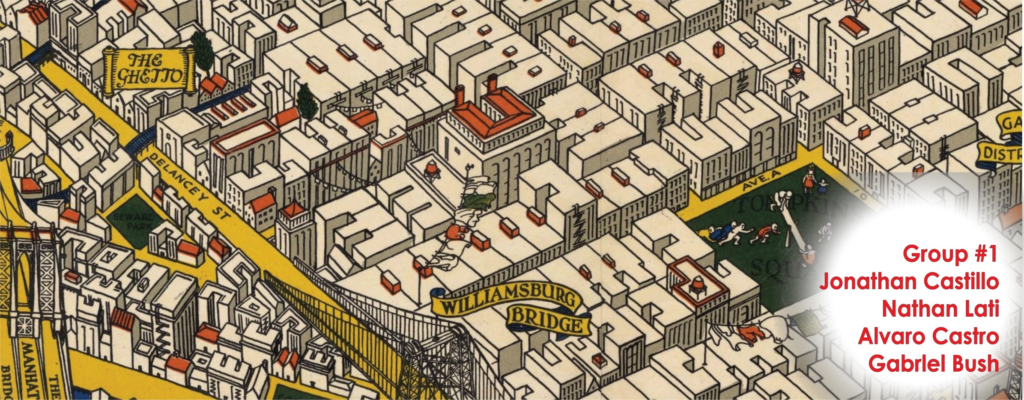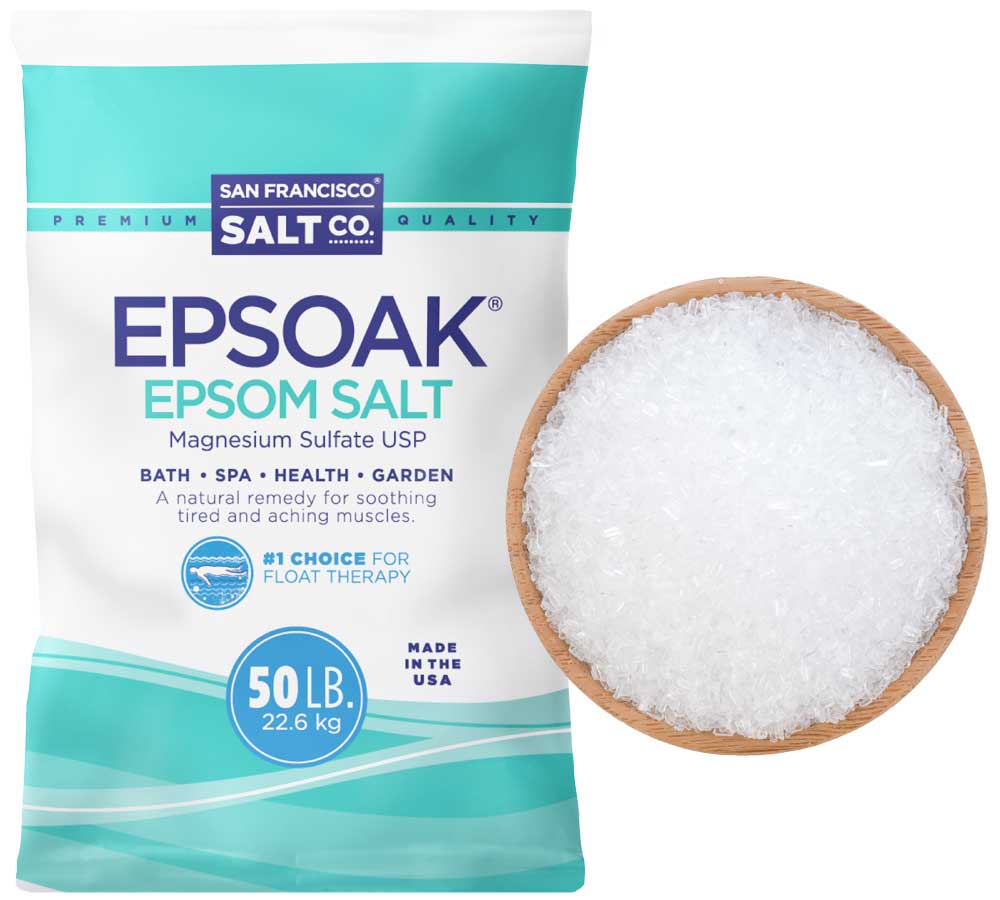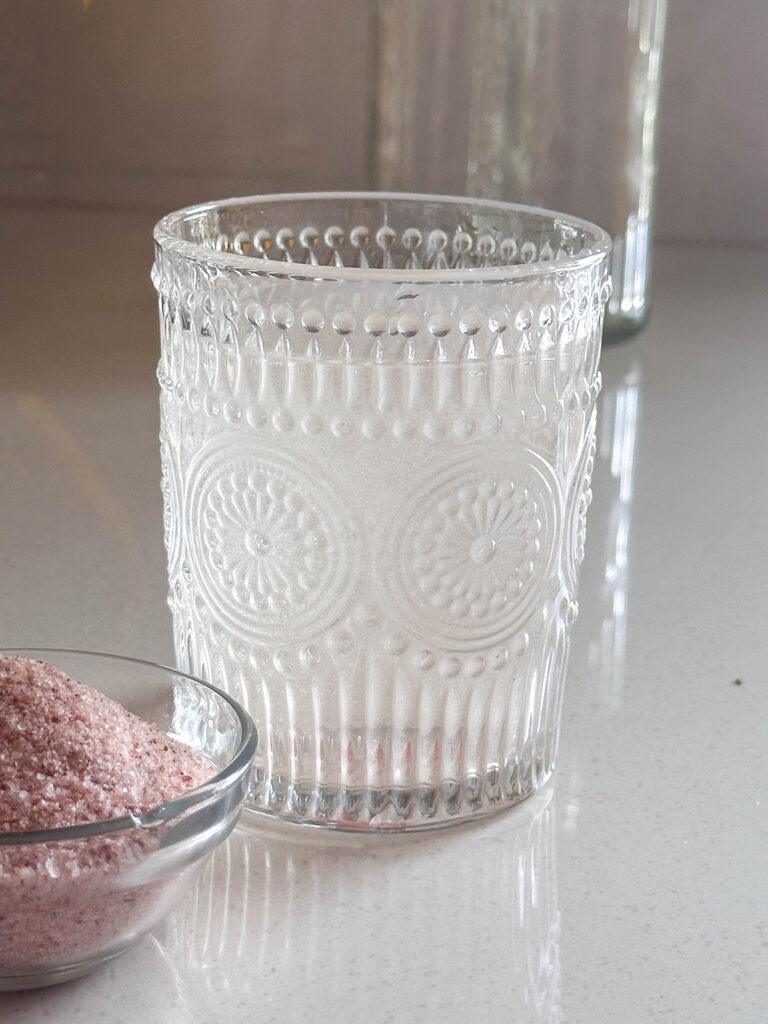Home » News (Page 7)
Category Archives: News
Hex Poem Blog #2
Group #2
Josabeth Simisterra, Brianna Gonzalez, Maya Pacheco-Berger
Poem
Hex poem to colonizers, recolonizers, and haters
I hope you feel the sting of
platano poppin’ oil
I hope when you try to jump back,
one drop jumps a second quicker onto your hand
and i hope when you bite into it, thinking the sting was worth it,
you realize you didn’t let the platano ripen enough
and it ain’t even that sweet
just like you.
Response
When reading this poem I first thought it would have a closer connection to brujeria/witchcraft because of the wording of hex, which would typically be used on one you wanted to get revenge on or spite them. I think it’s interesting how of all things the author wished that they wished for them to feel the sting of oil and taste unripe platano. It is so specific, when I was reading I was expecting it to hope they live horrid lives of misery because of the trouble they caused however it was only limited to one food. I think it’s funny because this happened to my sister last week, she forgot to check the ripeness and my mother was so sad taking a bite of each one hoping there was at least one piece that could be salvaged. I understand how sad it is not getting the flavor you want but from the outside perspective of one’s whose culture has been taken and dragged through the mud for profit it is amusing to watch people want to be apart of your culture so badly yet failing so miserably. While it is not a nice thing to wish on people a hex is in no way supposed to be a nice thing, it is in fact it’s supposed to torment your life something that’s always quite off but you can never really figure it out.
Video: Platanos Maduros
This is an instructional video on how to make platano maduro. This is relevant to the poem because it adds visuals to what the poem describes. The oil that pops and splashes causing to sometimes burn people. Platano Maduro is so special to latin culture and it is included in many latin dishes.
Drawing
This is a drawing of a non-latinx person, specifically a colonizer getting burnt by the popping oil of the platano maduro.
Blog 1
By: Kaid Almuntaser, Elijah Herring, and Heidy Espinal
Interviewing Cara De La Luz on what she loves about life

Interviewer: Hello everyone, we have a Puerto Rican poet with us today. Today we have Caridad De La Luz with us, and she is a poet that has performed in the Nuyorican poet café. Hello Caridad De La Luz, may you introduce yourself.
Caridad De La Luz: Good afternoon everyone, I am Caridad De La Luz, and I am a Puerto Rican poet. I was raised and born in Bronx and have see the Bronx as my home. I have been around poetry for all my life and actually wanted to become a brain surgeon as a child.
Interviewer: As you said, you have been around poetry your whole life. Who did you learn or get familiar with poetry from?
Caridad De La Luz: My grandmother started poetry in my life. She used to remember poems since she could not read or write. She would recite them to me, and I would remember them but when I got into school, I eventually started forgetting them.
Interviewer: What is something that you hold dear to your heart?
Caridad De La Luz: I hold family dear to my heart. I used to live in a house where my great grandmother would live in the basement, my grandmother would live on the first floor and my family and I were on the second floor. My family used to always go to my grandmother’s side of the house and even when we moved out, my family and aunts and uncles would always go to my grandmother’s house for all the holidays.
Interviewer: Who was someone very inspirational in your life?
Caridad De La Luz: My grandmother and Julia de Burgos were very inspirational. Julia de Burgos was the first Puerto Rican poet that wrote her poems in English.
Interviewer: Who are you a big fan of?
Caridad De La Luz: I love Draco Rosa. He entered the boyband MENUDO, and he was the first one to sing in English. He represented the Nuyorican culture like non other. He helped me become more creative, resilient, and helped increase my cultural pride. He fought cancer and then toured his album Monte Sagrado. He is a great man with great humility.
Interviewer: How to you view the Nuyorican poet café?
Caridad De La Luz: I see the Nuyorican poet café as a community, a family, a home. It is a place where we can speak freely about how we feel and all the pain that we have gone through. It is a place where can celebrate all the achievements we have accomplished.

This is an interview Caridad De La Luz was part of: https://www.youtube.com/watch?v=mke2MHmPaXY
This is her reading a poem for Julia De Burgos: https://www.youtube.com/watch?v=mHFT0IJe52I
Interracial Marriage Blog #1
Group 2:
Josabeth Simisterra, Brianna Gonzalez, Maya Pacheco-Berger
Presentation
The piece our group decided to go with was the Blog forum where many people were discussing the topic of interracial marriage. This blog post immediately caught our eye because it seems insensitive especially during these political times. When looking at the article attached it reads about a man (Keith Bardwell) refusing to marry an interracial couple simply because he “doesn’t believe in mixing races that way.” The constant pattern of burdening others and their happiness simply because you believe one thing (that can cause a lot of damage) is horrible and shouldn’t be something tolerated. While Bardwell thinks he’s doing well for the child because he believes that a biracial child will not be treated well by either the black or white community. The child is none of his concern and his need to interfere with these people’s lives is harmful in many ways. The couple will have to deal with this experience for the rest of their life while Bardwell thinks he played savior by thinking since he didn’t marry them he prevented a biracial child. (Which simply does not make sense since you don’t necessarily need to be married to have children.) Reading the responses to the article in the blog forum is just as upsetting considering that people were in agreement with Bardwell and promote these ideas publicly while hiding behind the excuse that they have black friends and are therefore not racist. This narrative is harmful in many ways because it lacks complex thinking. For example, Bardwell assumed this couple would be having children however marriage necessarily mean you’re having children either so if that was the case the reasoning behind his refusal to marry this couple is thrown out of the window because there would be no child for him to be thinking about in the first place. There are many other situations that just toss this idea away however it is clear that people with this idea simply don’t think this far ahead.
Drawing

The scribble of his face is supposed to represent his mind and how it is all over the place, therefore, explaining why he cannot grasp his head around the fact that other peoples lives are none of his business. The fence around his head represents the fact that he is fenced in by his thoughts of what he believes is right and cannot escape this thinking because he’s created this reality that what he believes is what is supposed to be upheld. The quotes around his head breakdown the reasoning behind why he refuses to marry interracial couples and the reason they are written so sloppily is to make it harder to understand which shows how his thoughts aren’t clear and don’t necessarily make sense.
Video
This is a video that highlights the struggles of interracial couples. One thing I really took out of the video is that these people are genuinely so happy and in love. Nothing and no one can deny what these people have. A lot of the struggles come from the reactions of their parents or even strangers who think it’s wrong. A lot of what drives this hatred is racism. I think people are really uncomfortable with the idea of having to experience another culture and share their own. People don’t want others to mix with a race that they deem inferior and sometimes it may go into classism. Race and social class can sometimes go hand in hand and interracial couples may face that criticism. How they were raised and what they grew up around may be invalidated by their partners’ family because it’s foreign to them. Interracial love is just love. It isn’t any different. The fact that it has to be labeled “interracial” is just proof of how much emphasis we put on race and ethnicity. Love has no bounds and the color of anyone’s skin shouldn’t determine their worth or value as a human being.
Blog #2: Miguel Algarin, Arrestado
Group #3 Contributions:
Quote and written review by Amanda Medina
Video by Sarah Ramirez
Drawing by Genesis Batista-Cepeda
Written Material: Miguel Algarin, Arrestado
Topic: A Mongo Affair
“I have to admit that he has been
lied to, misled,
that I know that all the goodies
he named humiliate the receiver,
that a man is demoralized
when his woman and children
beg for weekly checks,
that even the fucking a man does
on a government-bought mattress
draws the blood from his cock
cockless, sin espina dorsal
mongo—that’s it!
a welfare fuck is a mongo affair!
mongo means flojo
mongo means bloodless
mongo means soft
mongo cannot penetrate
mongo can only tease”
-Miguel Algarin
By Amanda Medina
Miguel Algarin, discusses a conversation he has with a black Puerto Rican back in Suan Juan where they discuss the life for Boricuas living on welfare in New York. Going abroad from Puerto Rico to New York for what the black Puerto Rican believes will bring a change for the better and provide Puerto Rican’s with a better life than they have on the island. However, Algarin has a different take on that decision, in fact he thinks the whole welfare system is emasculating to men. Where the other Puerto Rican presents it as a lucrative opportunity for Puerto Ricans. Algarin, expresses his frustration with this system as stagnating and emasculating him as a man and provider. Having his wife and children reliant on the government presents itself as a huge problem to him. As well as the fact that others who believe that this is a better opportunity for Pureto Ricans than their life on the island, feels they have been hugely misled and lied to.
In his poem “A Mongo Affair”, Algarin equates dependence (on the government/welfare checks) to a fault in one’s manhood. Although this is not Algarin speaking for himself, but rather from the point of view of a created character, it is a destructive way of thinking about masculinity. It also perpetuates the idea that if a man cannot provide he is not a “man” at all.
I thought this video was fitting to our topic because it is a poem that touches upon the consequences of society’s expectations of men. This line stood out to me: “We’ve been brought up in households which made us preach such false teachings, they told me I will soon be the man of the house when I was just 6 years old.” This describes a culture that, early on, makes it known to boys that they are to be the provider for his household. The poet then goes on to explain the negative impact this expectation has on men— “He’s a product of a failed social system, where expressing himself was considered sin, and he’s buried them all inside”.
Both poems speak on manhood and the things that can be destructive to it. For Algarin, it is begging for “weekly checks”, and for Singh it is society’s expectation of men to be “strong”, to be providers, and to be limited in their self-expression.
Drawing by Genesis Batista-Cepeda:

On Clatritza Maldonado’s “hex poem to colonizers, recolonizers, and haters” (Group 11)
We were all drawn the the absolute sass that “hex poem to the colonizers, recolonizers, and haters” embodies. Even though the poem is short, Maldonado conveys a strong message through humor and snark. Of course, poetry, especially the poetry we’ve been talking about is also meant to be read and shared out loud, so Lucy decided to make an animation of the poem and read it to you.
Lucy’s Director’s Statement Comments
Based on Malodano’s other poems, I see a vulnerability in her work in addition to the sass in this poem. Because of this combination, I added a heart at the title to reflect her sarcasm, and used purple for her words to represent her femininity and identity as a woman, which are common motifs throughout her work as well. (It also adds to the witchiness of her hex.)
Kayla’s Interpretation
This poem is essentially about taking a stand against oppressors. It uses symbolism and if you ever made maduros you know the popping of the oil can be very hectic at times. While reading this I imagine myself cooking a meal and the quick reflexes you have to have when throwing the platanos in the oil. The platanos in turn are a representation of the colonized people and the popping oil is the backlash in which the colonizers will receive from these people.
Probably one of the most important and interesting stanzas is the last one stating, “ and I hope when you bite into it, thinking the sting was worth it/ you realize you didn’t let the platano ripen enough/ and it ain’t even that sweet.” This stanza is both very funny and full of attitude. I definitely hear the poets voice in these lines and this line made me feel the most connected to the poet because an under ripe platano isn’t always the best. It’s the poets “haha” moment to the colonizers exemplifying how the Hispanic people can’t be detained.
This line can also be related to the other poems in this link which I went on to look at for similarities. There’s a common theme of territory and belonging; a collision and being apart of two different worlds all at once. Through these poems you see how essential it is for the Hispanic culture to say “we are here” and to be heard and seen.
Dulce’s Drawing

Since the poem is titled “hex poem to colonizers, recolonizers, and haters”, I decided that it would only make sense to draw a witch-like character in order to put emphasis on the “hex” aspect of it. I made sure to make her hair curly and give her a set of brown eyes. I wanted her to be a character that not only represented the context of the poem itself, but also of latinx people. Her witch’s hat also adds on to the “hexing” bit. Above her, is a thought bubble, she’s thinking or manifesting the sort of damage that she wants these people, aka, the “colonizers”, “recolonizers” and “haters” to suffer. As you can see in the poem, she repeatedly states “I hope”, she’s not directly causing any harm, so in my drawing she’s also just manifesting these misfortunes.
On Open Veins of Latin America (Group 11)
We were influenced Galeano’s description of the violence caused by the conquistadors as they explored and conquered Latin America.
Dulce’s audio-visual response:
This video focuses on Francisco Pizarro, a Spanish conquistador. It explains Pizarro’s expeditions and how he came to conquer Peru. What stood out to me most about this video was the way in which he conquered this land. He used violence and force against the Incan people. Pizarro’s greed led him to take advantage of the Incan’s vulnerability when they were suffering from illnesses and trick/deceive Atahualpa (the Incan Emperor) even after he was submissive to his wishes. It seems that Pizarro’s ambitiousness and eagerness to become rich was so powerful that he’d stop at nothing to achieve it.
Kayla’s drawing response:
This drawing is a series of images influenced by the fact that a majority of the article was about people traveling and “exploring” these parts of the world a lot of times looking for gold. The Taíno symbol represents the Indians killed during these explorations.

Lucy’s writing response:
What struck me most from this excerpt of Open Veins of Latin America was the juxtaposition of the splendor that the Spanish found in this “New World” and the atrocities that the native people have to endure as a result of it. For the Spanish, the land and riches of the New World was a paradise that almost seemed to be a gift from God, while the native people of these lands were forced to undergo complete suffering as they were subjugated in order to procure riches for the conquistadors. I was particularly affected by the Antillean holocaust and the fact that these people were so deprived of hope that they resorted to killing their children so that their people would no longer suffer. And yet, when we learn of these “discoveries” we are only told of the glory that Spain found. I wrote this poem to highlight that juxtaposition from the text.
behold! the sun casts its golden glow upon sloping hills as trees reach for the skies and spreads its luscious greenery onto the rich black soil upon which we seek our riches behold the sunlight that reflects off these men who stand over us as sparkling waters kiss as shore that glitters with His bounty and cuts through the banks like lightening running through the earth bringing life breathing air unto my Home this water that runs bears no more color red or clear, is there a difference? the air is empty in our home gifts bestowed upon the deserving our inheritance from Him no paintings can do it justice no words nor melodies can capture the paradise He himself has given us do the stars and moon betray us? the god have abandoned us, what omens have we ignored to lead us here blessed be His children that the mountain opens up its veins to bestow upon us gifts! Open yourself before me! Our children will bear this weight of bounty and riches, the deep gold and dazzling silver surrender to our might! i open your veins before me my child, i am so sorry but this weight you will bear no more
How Land Ownership Leads to Liberation (blog #1)
Group 3: Amanda Medina, Genesis Batista-Cepeda, Sarah Ramirez
In his essay “The Problem of Land”, Jose Mariategui touched upon the different ways that colonialism exploited indigenous people. For example, systems like feudalism and the latifundium were oppressive towards the Incas and bound them to a life of servitude which then prevented them from owning land. Mariategui speaks about eliminating these systems so that the Incas can be liberated. It makes us think of oppressive systems that exist nowadays to make land/home ownership difficult for various people groups. We know that home ownership is important for many reasons, a major one being building generational wealth for one’s family. However, things like housing discrimination and the racial wealth gap serve as barriers in the way of this pursuit.

Analysis of “A Lower East Side Poem” by Miguel Piñero
group 1: Jonathan Castillo, Nathan Lati, Alvaro Castro, Gabriel Bush

Miguel Piñero was an actor and a playwright. Piñero was raised in the Lower East Side in New York, so he was brought up in a harsh environment. He has admitted that he was involved in petty crimes as a little boy in order to gather food to eat. Piñero continued his life in crime, and his first literary works were conceived in jail. Piñero died on June 16, 1988, and his ashes were scattered in the Lower East Side in New York as he had wished in the poem.
He is known for being a co-founder of the Nuyorican Poets Café movement.
The characters in this poem reflect the harsh reality of life that many minorities face when they suffer from poverty. The narrator embraces the environment of violence, crime, and poverty in which he grew up and confesses to having committed crimes, but also admits that this is what defines him.
The narrator tells the audience that his culture helped him move forward to a better future and he is proud of what he has accomplished today because of his culture, but he still remembers the days he spent in poverty. This shows that Latino culture is not focused on drugs or violence, but rather on the search for a better future.
In spite of being relatively short and detailed the poem, it is loaded with feelings, experiences, and situations that the best way to identify it is to analyze it verse by verse.

| 1: Just once before I die I want to climb up on a tenement sky to dream my lungs out till I cry then scatter my ashes thru the Lower East Side. | When referring to death, Piñero reflects his incredible attachment to the lower east side, in such a way that he even emphasizes the fact that he wants his ashes to be scattered there when he dies. By using this metaphor, he implies that his soul is attached to this place |
| 2: So let me sing my song tonight let me feel out of sight and let all eyes be dry when they scatter my ashes thru the Lower East Side. | Let me sing my song: the song of the soul is a full, clear, and precise form that emphasizes a call from within, which takes your breath away and takes you out of orbit. By using the resource of “the ashes” emphasizes the fact of the union. |
| 3: From Houston to 14th Street from Second Avenue to the mighty D here the hustlers & suckers meet the faggots & freaks will all get high on the ashes that have been scattered thru the Lower East Side. | It is interesting that this strophe precisely marks the geographical boundaries of the lower east side, not only using them as a literary resource but also adding meaning and veracity. He uses the “stereotypes” of people who normally transit or live in this area, without redounding much on these without denigrating but enlarging, he does it in a vague and despicable way. |
| 4: There’s no other place for me to be there’s no other place that I can see there’s no other town around that brings you up or keeps you down no food little heat sweeps by fancy cars & pimps’ bars & juke saloons & greasy spoons make my spirits fly with my ashes scattered thru the Lower East Side . . . | Piñero uses repetition to emphasize that there is no other place in the world for him, that despite the flaws he cites, these same flaws make the lower east side an amazing and unique place where his spirit is. A place where he would like to stay until after he dies |
| 5: A thief, a junkie I’ve been committed every known sin Jews and Gentiles . . . Bums & Men of style . . . run away child police shooting wild . . . mother’s futile wails . . . pushers making sales . . . dope wheelers & cocaine dealers . . . smoking pot streets are hot & feed off those who bleed to death . . . | It is very interesting how Piñero does not focus on the positive or the beautiful of the lower east side. He speaks clearly, he is precise, he embraces the daily problems of a society that lives in the urban, in the suburb and he expresses it in a certain way “proud” but sober. |
| 6: all that’s true all that’s true all that is true but this ain’t no lie when I ask that my ashes be scattered thru the Lower East Side. | By using repetition again as a resource you are implying that you are not being sarcastic, that your request is clear, that you are not confused or joking. |
| 7: So here I am, look at me I stand proud as you can see pleased to be from the Lower East a street fighting man a problem of this land I am the Philosopher of the Criminal Mind a dweller of prison time a cancer of Rockefeller’s ghettocide this concrete tomb is my home to belong to survive you gotta be strong you can’t be shy less without request someone will scatter your ashes thru the Lower East Side. | Piñero uses this verse in response to the above. By specifying his own pride, he shows that he has not been sarcastic all this time, but even though these characteristics could be negative, with the passage of time they have become the author’s own and he already embraces them as part of him, it is his being, his home. |
| 8: I don’t wanna be buried in Puerto Rico I don’t wanna rest in Long Island Cemetery I wanna be near the stabbing shooting gambling fighting & unnatural dying & new birth crying so please when I die . . . don’t take me far away keep me near by take my ashes and scatter them thru out the Lower East Side . . . | When you live and interact in a place of conflict, it becomes part of you, so much so that your mind is used to it. Piñero expresses this quite well and gives a solid conclusion to the poem, death has been a main and recurrent theme in the poem and the author sets the parameters of this by saying that he loves the site so much that he educated it that despite its negative virtues it is part of it and wants to be in it forever. |
The influence of the Lower East Side on Piñero’s life was significant not only for the fact that a poem and different mentions in other poems were given to him but also for the foundation of the Nuyorican Poets Cafe, founded around 1973, which began to function in the apartment of the writer, poet, and professor, Miguel Algarín, located in the East Village with the help of Miguel Piñero as well as Bimbo Rivas and Lucky Cienfuegos.
And in only two years after its foundation, the number of members and poets surpassed the limits of the place.
On Claritza’s “Hex poems to Colonizers, Recolonizers, and Haters”
Claritza Maldonado and the Boricua expression
Poetry analysis:Culture as a Form of Resistance
“salsa said todo everything papi ever wanted to say but couldn’t shape his mouth around the words to say it [..] learning that there is no such thing as too loud for us when all they ever wanted was for us to be quiet”
-How Papi’s Salsa Lengthened My Brown Spine
In her work Maldonado often accounts memories and personal experiences, as both the audience and herself come to realize that these accounts highlight the persistence of Puerto Ricans in the face of adversity. For instance in the piece above, once embarrassed by her father’s loud playing of salsa she now knows that persisting one’s culture in the face of white America is one of the most powerful forms of resistance against forced assimilation. The epiphany that there is no such thing as too loud, as they have always forced us to be quiet, is the acknowledgement of the generations of injustice enacted against the Puerto Rican people in an attempt to destroy culture while exploiting the land.
Ocean spelled M-A-M-I
“....someone referred to my mother as “Puerto Rican-American”..how could you hyphenate territory, hyphenate exploitation, how could you hyphenate the result of war, how could you hyphenate labor, and hyphenate a country-with-a-country not able to be its own..”
In this poem, Maldonado questions the term “Puerto Rican- American, stating that the hyphenation is redundant and builds a “false bridge”. She refers to the 1898 Spanish-American war as a cause of the hyphenation, when the U.S invaded Puerto Rico and took over their territory. Since Puerto Rico became U.S territory, Puerto Ricans have been U.S citizens so to say Puerto Rican-American is redundant; to “hyphenate a country within a country”. They [white America] just want to differentiate between “Americans” and “Puerto Rican-Americans” so they can know how to unfairly cut pieces of the pie unequally when distributing resources, rights, and money to its “citizens”.











